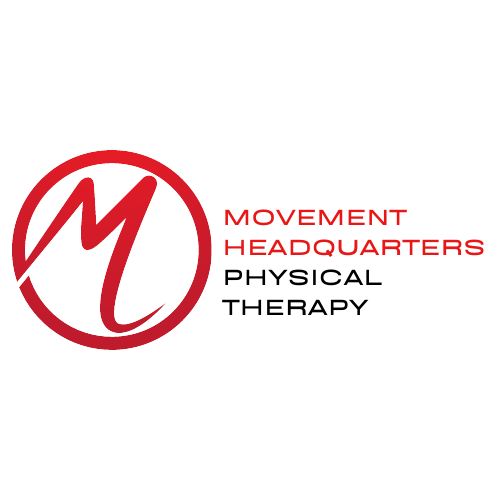February is American Heart Month: Prioritize Your Heart Health with Movement Headquarters in Northport, Babylon, and East Setauket, NY
February is often associated with love—whether romantic, familial, or platonic. But one of the most important forms of love is self-care, especially when it comes to your heart health. That’s why American Heart Month is recognized every February—to raise awareness about heart disease prevention, promote healthy lifestyle choices, and encourage proactive steps to protect your heart.
At Movement Headquarters, with locations in Northport, Babylon, and East Setauket, NY, we believe that movement is medicine. As physical therapists, we’re dedicated to helping our patients build stronger, healthier bodies—starting with a strong heart. Whether you're recovering from an injury or looking to improve your cardiovascular fitness, now is the perfect time to take action.
Why American Heart Month Matters
Heart disease is the leading cause of death in the U.S., accounting for one in three deaths nationwide, according to the American Heart Association (AHA). But here’s the good news: many risk factors—such as high blood pressure, high cholesterol, obesity, and inactivity—can be managed or prevented with the right lifestyle changes.
American Heart Month is not just about raising awareness; it’s about inspiring action. Many people believe heart disease only affects older adults, but it can impact anyone, at any age. That’s why it’s never too early (or too late) to start prioritizing your heart health.
6 Ways to Celebrate American Heart Month
Ready to show your heart some love? Here are six simple ways to improve your cardiovascular health this February and beyond:
1. Know Your Numbers
Understanding your blood pressure, cholesterol levels, blood sugar, and BMI is essential for heart health. Schedule a check-up with your healthcare provider to assess your risk factors and set achievable goals for improvement.
2. Eat a Heart-Healthy Diet
A balanced diet plays a crucial role in preventing cardiovascular disease. Incorporate:
✔ Fruits & Vegetables – Packed with fiber, vitamins, and antioxidants
✔ Whole Grains – Brown rice, quinoa, and oats help regulate blood sugar
✔ Lean Proteins – Opt for fish, poultry, beans, or tofu
✔ Healthy Fats – Avocados, nuts, and olive oil support heart function
✔ Less Salt & Sugar – Reducing processed foods lowers your risk of high blood pressure and diabetes
3. Get Moving with Exercise
Regular physical activity strengthens your heart and improves circulation. Aim for:
✅ 150 minutes of moderate exercise per week (brisk walking, cycling)
✅ Strength training at least twice a week to maintain muscle and metabolism
✅ Short movement breaks throughout the day to reduce sedentary time
If you're dealing with joint pain or mobility issues, our team at Movement Headquarters in Northport, Babylon, and East Setauket, NY can create a customized exercise plan to help you stay active safely.
4. Quit Smoking & Reduce Alcohol Intake
Smoking damages blood vessels and significantly increases your risk of heart disease. If you smoke, make a plan to quit—your heart will thank you.
Additionally, limiting alcohol consumption can help lower blood pressure and improve overall heart function.
5. Manage Stress Effectively
Chronic stress increases inflammation and blood pressure, contributing to heart disease. Try stress-reducing activities like:
🧘 Yoga & meditation
🌳 Walking outdoors
📖 Practicing mindfulness
At Movement Headquarters, we understand the connection between mental and physical health. Our physical therapy programs incorporate breathwork, mobility training, and relaxation techniques to help you feel your best.
6. Prioritize Sleep for Heart Health
Poor sleep is linked to high blood pressure, obesity, and diabetes—all of which increase the risk of heart disease. Aim for 7-9 hours of quality sleep each night by establishing a consistent bedtime routine and reducing screen time before bed.
Take Charge of Your Heart Health Today
The best part about American Heart Month is that it reminds us that small, daily choices can lead to lifelong heart health. Whether you’re focusing on exercise, diet, stress management, or quitting smoking, every step counts.
At Movement Headquarters in Northport, Babylon, and East Setauket, NY, we are here to support you on your journey to better health. If you're looking to improve your cardiovascular fitness, recover from an injury, or build a sustainable wellness routine, our expert physical therapists can help.
💙 Take the first step today—schedule a consultation with our team and make your heart health a priority!
For more information on heart disease and ways to improve heart health, visit the American Heart Association’s website here.
